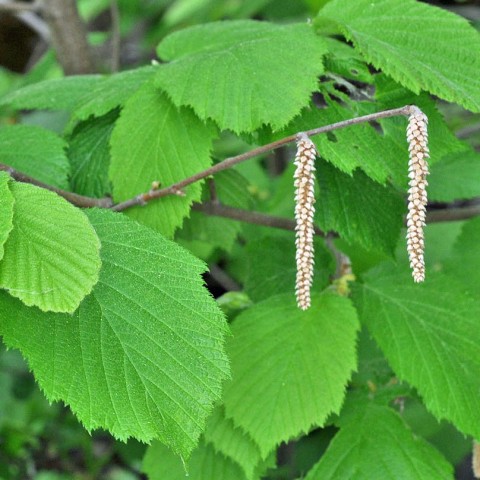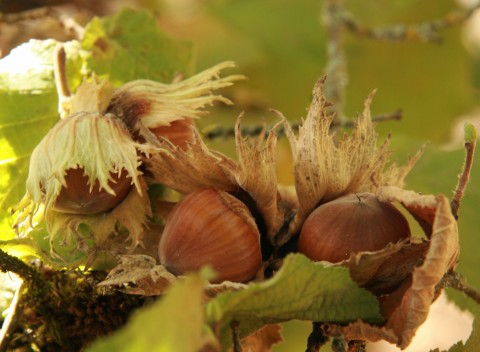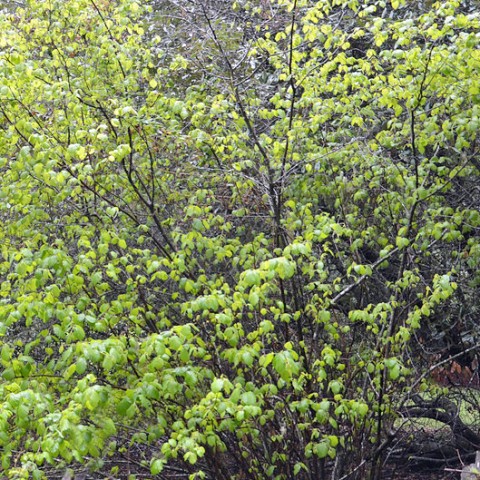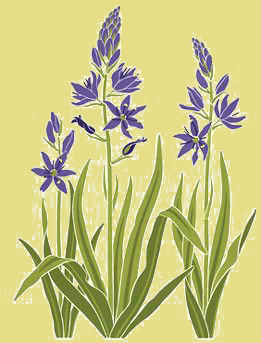Hazelnut



1 & 3 - Images Public Domain
2 - Image by www.nwplants.com
Licensed Under: CC-BY-SA-3.0 Unported
This deciduous, often multi-trunked, tree grows between 10 to 15 feet in height and a similar width. Corylus cornuta, commonly known as hazelnut, is found in mixed or hardwood forests at low to medium elevations in the coastal ranges of the Pacific Northwest, as far north as British Columbia. It grows in dry woodlands and along forest edges, as well as in moister conditions along streambeds, preferring partial shade. It is often found growing with serviceberry, Douglas fir and Western hemlock trees. Hazelnut is adaptable to most soils, but will not tolerate unamended clay.
Its long, cream-colored catkins are really the male ”flowers,” dangling from bare branchs, beginning as early as late January. Along with the catkins, those same leafless branches will sport tiny, magenta, female blooms. When wind-pollination is finally complete, the large crinkled leaves emerge. The hazel “nut” itself ripens in late summer. You can expect beautiful yellow color from the fall leaves.
Try growing it in your garden as a small multi-trunked tree, either as a stand-alone specimen or as part of a hedgerow, providing food and habitat for wildlife. Hazelnuts are classified as a riparian buffer zone species, acting as a natural bio-filter that helps protect aquatic environments from excessive sediment, polluted surface run-off and erosion. Their large root systems makes them a good choice for erosion control and has the added benefit of making them drought resistant.
These native hazelnuts are just as tasty as those grown commercially, but significantly smaller and with a harder shell. That said, you may be hard-pressed to harvest any nuts before the birds and small mammals eat them.
These nuts were prized as food by Native Americans, who also used the pliable shoots for basketry and making fishnets.

